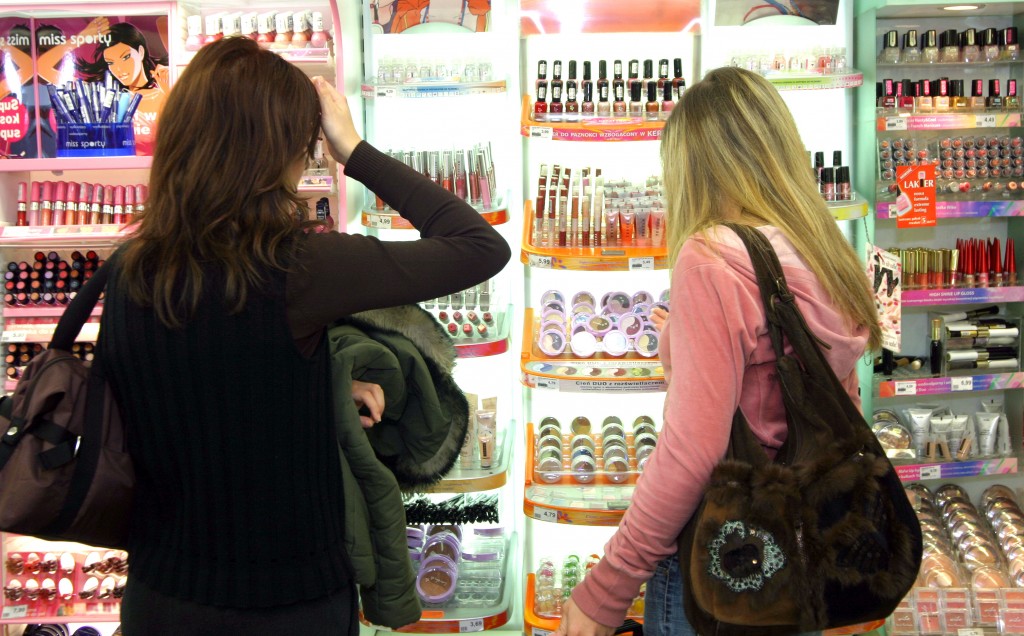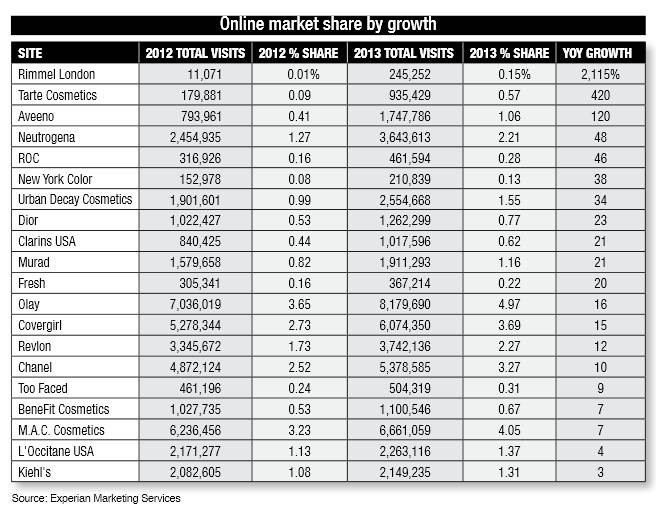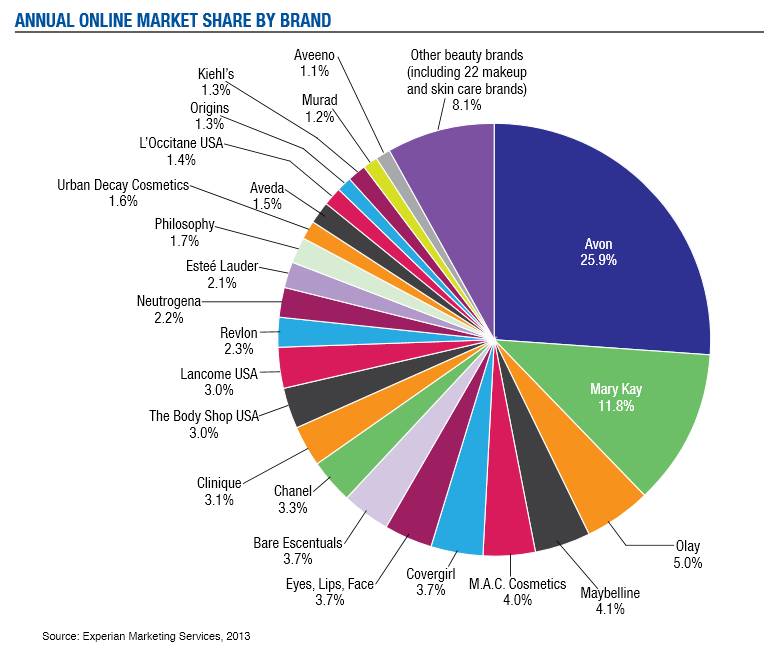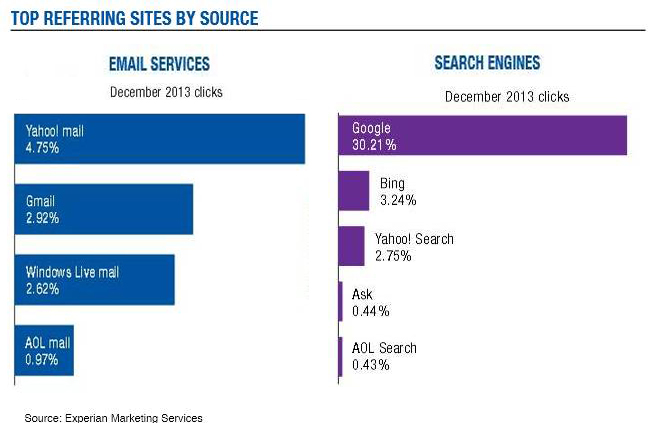June 2, 2014
Online Marketing key for Beauty Brands: 2014 Trends & Consumer Behavior
June 2, 2014
Online Marketing key for Beauty Brands: 2014 Trends & Consumer Behavior
Do you know how your consumers are shopping for beauty products online?
With U .S. beauty sales expected to reach $81.7 billion by 2017, beauty brands can no longer ignore the growing significance of effectively catering to online shoppers.
.S. beauty sales expected to reach $81.7 billion by 2017, beauty brands can no longer ignore the growing significance of effectively catering to online shoppers.
Digital marketing firm, PM Digital, recently released their 2014 Trend Report: Makeup and Skincare Brands Online, which explores the current trends of online beauty e-tailers and the behavioral trends of online beauty consumers.
Overall, the trend report highlights how e-commerce will continue to be a major shopping vehicle for consumers due to impactful online marketing campaigns.
“Successful marketing in the beauty industry has to strike the right combination of outside-in emotional brand connection and inside-out product performance. This study revealed the dominant players that consumers have fallen in love with. Here, it’s never casual, and it’s why we’re seeing social media and content accelerating as critical connectors,” said Chris Paradysz, co-founder and chief executive officer of PM Digital.

Some key findings include:
- Search engines drive 40% of clicks to makeup and skincare sites.
- Google alone accounts for 30% of referring traffic, nearly 10 times as much as Bing.
- Most beauty brands have e-commerce on their websites.
- Brands with larger market shares have bigger budgets to allow for paid searches, but even the smaller companies have half of their traffic coming from paid search.
- Avon and Mary Kay have captured 20% of line market share of traditional web traffic over Olay, Maybelline, M.A.C. Cosmetics, COVERGIRL and Eyes, Lips, Face (e.l.f.).
- Social networking and email sites together account for 24% of traffic (12% each) to makeup and skincare brand sites, which is significantly more than other industries.
- The top keyword searches for makeup and skincare sites fall into 3 categories: products, concerns, and promotion/contest/giveaway searches.
- Generic searches for makeup or skincare products often result in PLA’s (Product Listing Ads) for department or retail beauty stores.
- Product features and reviews, how-to videos, testimonials, forums, and social media continue to be seen as a trusted perspective.
- Email campaigns account for 15% of traffic for Avon, La Mer, Estee Lauder, L’Occitane, and Philosophy.

”13% of the users who click from TotalBeauty.com to our retail partners make a purchase. With average retail conversion rates hovering in the low single digits, it’s clear that trusted product reviews and content continue to be a big driver of preference in the beauty category,” said Emrah Kovacoglu, Founder & CEO of Total Beauty Media Group.
Compared to apparel and accessory categories, beauty products are highly engaging online as witnessed by the countless beauty tutorials on YouTube, and the rising frequency of social media campaigns geared specifically towards makeup-loving consumers.
While many large beauty brands are working to leverage their online presence, smaller brands are unlocking major opportunities from search, emails, and social media sites like Facebook. PM Digital sates that search accounts for at least 1 out of 4 visits to every beauty brand and smaller brands like New York Color and Biore get upwards of 60% of traffic just on search alone.

In terms of social media, Facebook “likes” still count. Vichy has over 3 million “likes” as opposed to Laura Mercier‘s 214,770+ fans. The key to increased engagement includes the promotion of sales, deals, contests, giveaways, and tutorials about new products and collections. Julep Beauty‘s founder and CEO, Jane Park, explains the importance of engaging online consumers as opposed to “hard selling them.” “We’re not telling customers what they want,” says Park. “We’re responding to what they want.”
In conclusion, even though beauty brands continues to have a strong presence in traditional retail environments, beauty brands are already making a significant impact in the digital world.
The big question for beauty brands is whether they are as pro-active as their consumers.
Online beauty shoppers tend to proactively search for makeup and skincare products rather than re-actively purchase, so in order to stay ahead of the game – online marketing is vital for a marketing strategy.
For more details on PM Digital’s report, click here
Sources: PM Digital, Drug Store News

